Thank God I’m a man so I don’t have to deal with menopause. Seems familiar? Sure, you won’t go through menopause like women do, but you’ll probably experience andropause. Let’s be honest, you’ve come across the term andropause before, but aren’t sure whether it’s real or some sort of a made up problem circling around the internet.
The short answer would be that andropause is real, but you need more than that. Keep reading to learn more about andropause and its causes, symptoms, and much more.
What is Andropause?
Andropause, or male menopause, is a term used to describe age-related changes in a man’s hormone levels. It involves the same group of symptoms that are associated with low testosterone, androgen deficiency, and late-onset hypogonadism.
Although andropause seems like a modern-day problem that affects men, scientists investigated it decades ago. Back in 1939, doctor August A. Werner published an article in the JAMA[1] wherein the term male climacteric was used for the very first time.
The study described a syndrome comprising of symptoms such as nervousness, loss of sexual vigor, irritability, depression, fatigue, impaired memory, hot flashes, insomnia, periodic sweating, and others. Later, the male climacteric term was replaced by male menopause or andropause.
The term andropause is comprised of[2] Greek words prefix andro- meaning man and -pause meaning stop or cessation. The exact prevalence of andropause is unknown because many men don’t consult their doctors about symptoms associated with low testosterone.
Some figures reveal[3] that about 30% of men in their 50s will experience andropause-related symptoms caused by a decline in testosterone production.
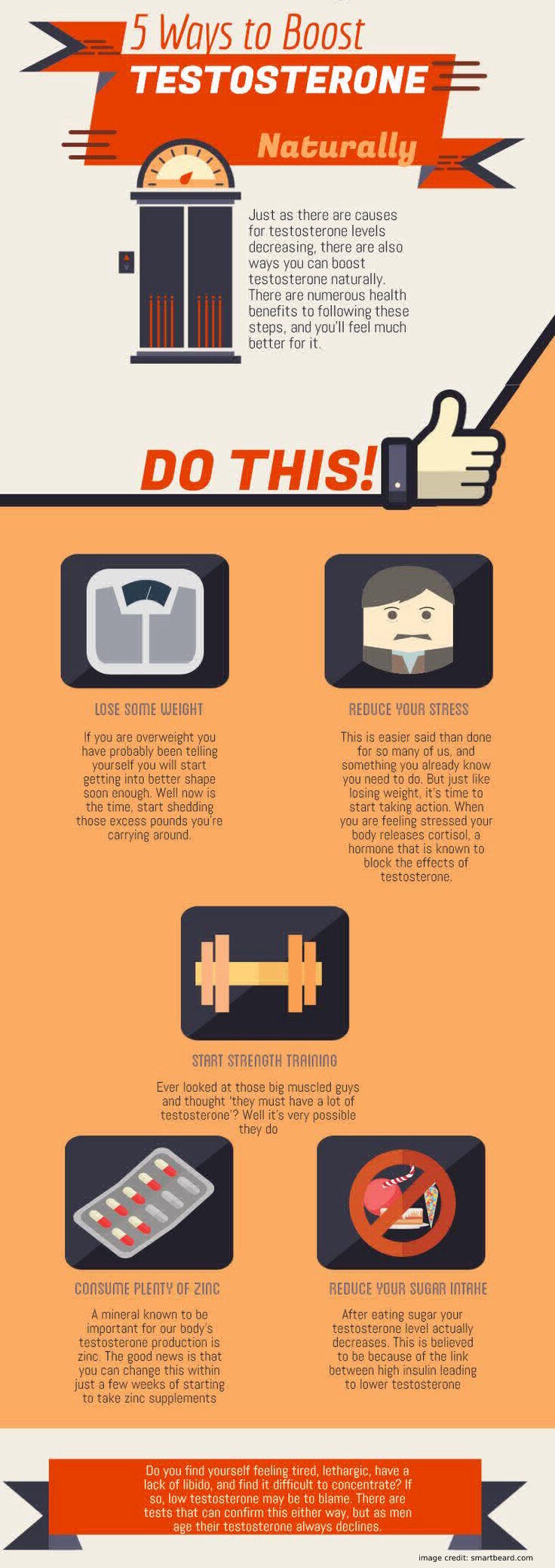
Importance of Testosterone
Male menopause happens when testosterone levels go down. Testosterone is a hormone responsible for the development of male sexual characteristics. Women also have this hormone but in smaller amounts.
The hormone is produced mainly by testicles in Leydig cells, but a certain amount is produced by adrenal glands which are located above the kidneys. Healthy levels of testosterone are vital for male development, puberty, and even in adulthood as the hormone plays a role in different aspects of your health and wellbeing. Before we discuss andropause in a greater detail, let’s address important roles[4] of testosterone:
- During puberty, testosterone is responsible for development of male attributes such as deeper voice, body hair, beard, muscle mass, and sex drive
- It is vital for sexual health and performance; low testosterone is linked to erectile dysfunction, meaning the hormone influences strength and hardness of the erections
- Testosterone plays a role in certain behaviors like dominance and aggression, sparks competitiveness and improves self-esteem
- The hormone is involved in development of muscle bulk and strength
- Travels around bloodstream which explains why levels of the hormone influence circulatory system
Menopause Vs. Andropause
Women have menopause, but men have andropause. What is the difference between the two? To bring the idea of andropause closer to you, it’s important to discuss how it differs from the transition every woman goes through.
First, female menopause is a normal part of life that most women enter at a similar age (average age of menopause onset is 51). On the other hand, male menopause[5] happens when testosterone levels drop.
Although this happens with age, production of the hormone can decline earlier (due to an unhealthy lifestyle, health problems). If a man has optimal testosterone levels and doesn’t experience an andropause-related problem, then he’s not in man menopause. Unlike female menopause, not every man has to go through andropause.
What are the Causes of Andropause?
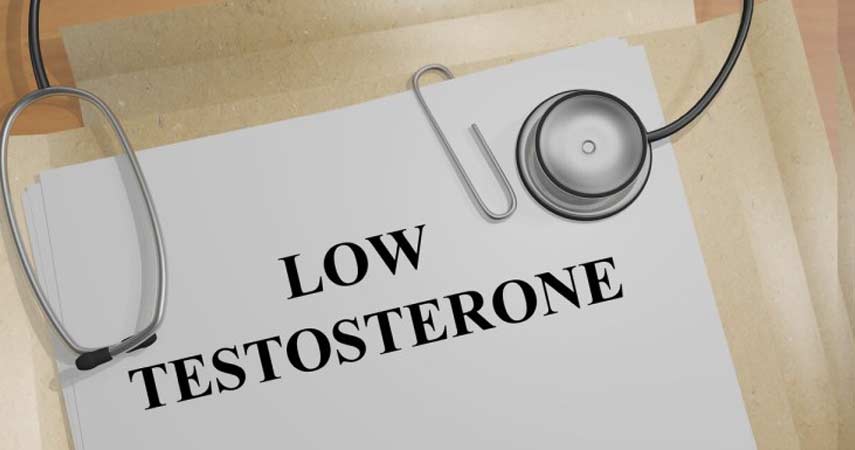
The primary cause of andropause is a decreased production of testosterone. The natural aging process causes a decline in this hormone and induces a number of symptoms (see below).
Decreased production of testosterone occurs when testes begin to fail as a man is getting older. In other words, the Leydig cells do not secrete the much-needed hormone as often as they used to.
Yet another potential factor that decreases testosterone levels is an accompanying decrease in the hormones that prompt testes to produce testosterone. An increase in the level of testosterone converted to other hormones such as estrogen also plays a role.
While andropause is indicated by low testosterone, it also involves a decreased concentration of other androgens including DHEA, DHEA-S, and androstenedione. Adrenal glands produce these hormones but in lower concentrations. Later, they convert to DHT and testosterone. But, when a low-T problem occurs the production and function of these hormones also drops.
As mentioned above, different factors affect testosterone levels (which then leads to andropause) and some of them include:
- Chronic liver or kidney disease
- High blood pressure[6]
- High cholesterol
- HIV/AIDS
- Hormonal disorders
- Infection
- Inflammatory diseases such as tuberculosis
- Injury to the testicles
- Medications such as opioids and steroids
- Overweight/obesity
- Pituitary disorders caused by drugs, small tumors, and kidney failure
- Severe emotional stress
- Testicular cancer or treatment for testicular cancer
- Type 2 diabetes
What are the Symptoms of Andropause?
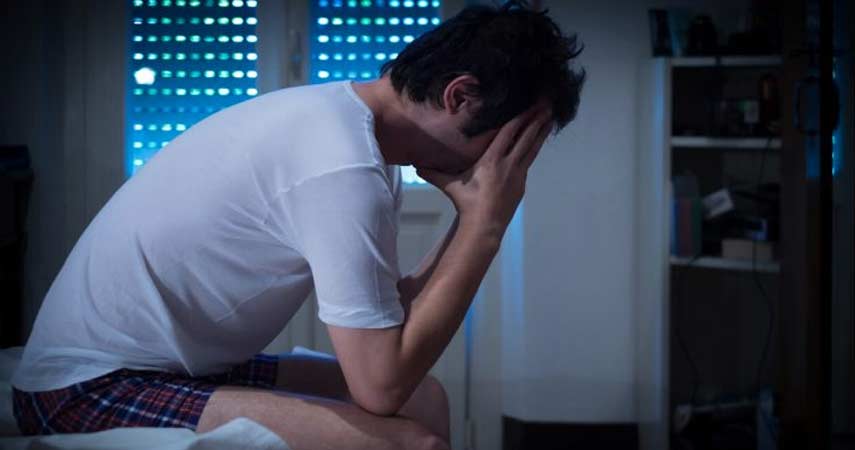
Do I have andropause? How to recognize it? You’ve been asking yourself these questions ever since you learned male menopause is a real thing. Andropause or male menopause causes a number physical, sexual, and psychological signs and symptoms.
As you’re getting older, symptoms tend to aggravate and affect your quality of life. Without a further ado, men who are in andropause usually experience the following signs and symptoms:
- Decreased motivation and loss of interest in activities you used to enjoy
- Development of breasts or gynecomastia
- Difficulty concentrating
- Difficulty sleeping or insomnia
- Erectile dysfunction
- Fatigue
- Feelings of physical weakness and reduced body mass
- Fertility issue/infertility
- Hair loss
- Increased body fat
- Irritability and mood swings
- Lack of energy
- Low self-esteem and confidence
- Memory problems
- Negative body image
- Reduced bone density
- Reduced libido
- Sadness or depression
- Weight gain
Do Men Experience Hot Flashes?
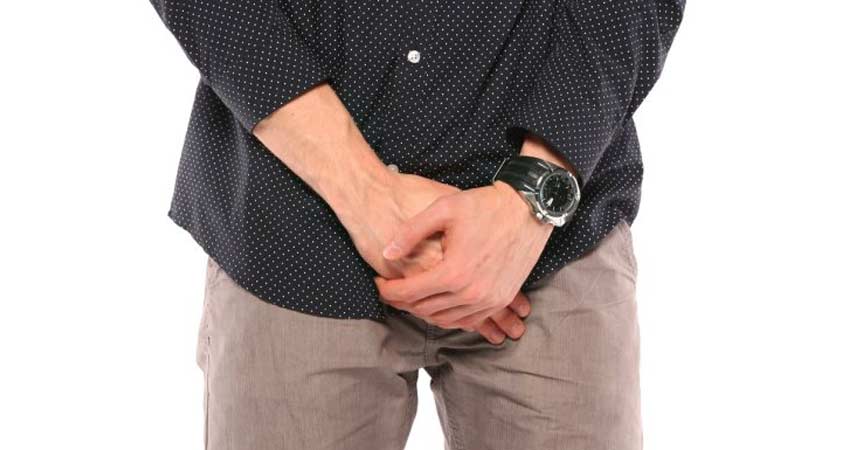
Women deal with hot flashes during menopause, but do men get them too? This is a complex subject mainly because hot flashes were considered the “women’s issue”. The reality is much different! You see, men can have hot flashes too.
At this point, scientists don’t really understand why we have hot flashes. While it’s a well-known fact that women are more susceptible to them than men, not much is known about this common symptom of menopause.
Evidence shows that 70% of women get hot flashes when they’re about to enter menopause which correlates with a decline in estrogen production. The symptom isn’t that prevalent in men, it’s not like every man who goes through andropause struggles with hot flashes. But, why do gentlemen develop this problem in the first place? Testosterone is to blame.
Men do not experience an abrupt decline in testosterone which explains why hot flashes aren’t that common in this gender. Your testosterone levels gradually decrease[7] by 1% each year after turning 30.
Most men retain enough testosterone to prevent hot flashes. That said, every rule has the exception and in this case, it’s men who have received androgen deprivation therapy for prostate cancer. Several prostate supplements are available in the market today for people with prostate related issues.
Testosterone is the hormone that stimulates the growth of prostate cells. Treatment measures that are geared toward reduction of testosterone levels or blocking their activity can help manage the common disease that affects millions of men around the globe. About 70%-80% of men who receive androgen deprivation therapy experience hot flashes.
In other words, different websites tend to include hot flashes[8] in the list of common andropause symptoms but that’s not entirely correct. Hot flashes aren’t a female problem only, they can affect men too, but not that common. In most cases, the symptom affects men who are undergoing androgen deprivation therapy for treatment of prostate cancer.
How to do Proper Diagnosis?
The same way menopause affects almost every aspect of a woman’s life, andropause does the same thing to men. Symptoms associated with male menopause make you irritable, affect sexual performance, contribute to relationship problems, and indirectly influence your health through increased levels of stress, weight gain, low testosterone, among other things.
If all, or most, symptoms described above apply to you, chances are high you have andropause, but doctor’s confirmation is necessary. Recognizing certain symptoms isn’t enough and one should never set their own diagnosis.
So, the best thing to do is to schedule an appointment and see your doctor. When in the doctor’s office, explain thoroughly all symptoms you experience without leaving anything out (even if they seem insignificant).
Based on symptoms you provide, the doctor will presume andropause could be to blame but prior to making a diagnosis he/she will take a blood sample to check testosterone levels. Your doctor may perform a physical exam and order tests to rule out other potential health problems.
Men are diagnosed with andropause when their testosterone levels are low. If blood test results show you have low testosterone, the physician will recommend an adequate treatment option if necessary.
What are the Treatment options available?

Let’s get it straight, andropause is not a disease, it doesn’t cause pain, and you don’t a surgery to manage it. Unless male menopause is causing severe symptoms that exhibit a major impact on quality of your life, the doctor will recommend management of symptoms without a specific treatment.
Symptoms of male menopause vary from one man to another. Some men experience mild changes, but there are also gentlemen with severe symptoms that prevent them from carrying on with daily activities like they used to.
The biggest obstacle in the treatment of andropause is the fact that many men are reluctant to discuss their symptoms with a healthcare provider. Some men talk about symptoms, but they don’t describe them in full extent.
As a result, the doctor is unable to get a deeper insight into the severity of one’s symptoms. Treatment options for men who experience severe symptoms of male menopause include:
- Testosterone replacement therapy to normalize hormone levels and address symptoms such as loss of interest in sex, fatigue, and depression
- Antidepressants for men who also experience symptoms of depression that won’t seem to go away
Testosterone replacement therapy[9] comes in different forms such as:
- Testosterone gels – Easy to use and usually applied on shoulders or upper arms
- Testosterone pills – Taken two-three times a day
- Testosterone injections – Convenient, some preparations don’t have to be injected regularly. The most recent preparations require only one injection every three months
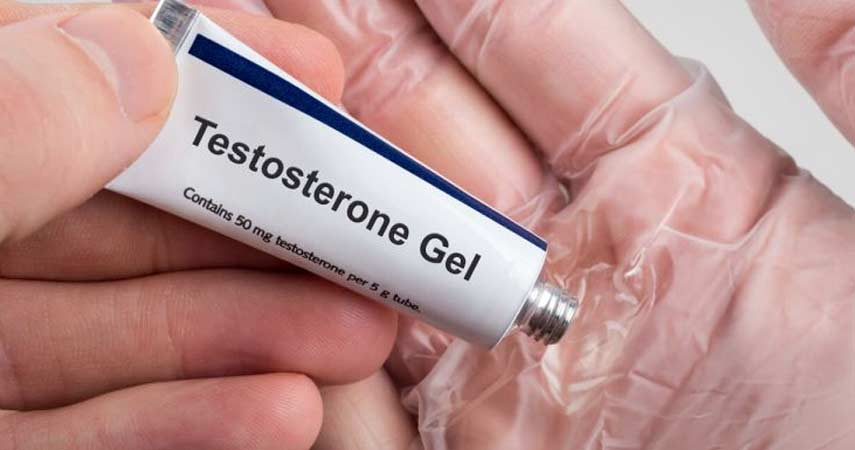
Before deciding to undergo testosterone replacement therapy, discuss all the benefits and risks with your doctor. Your physician will also advise you to make healthy lifestyle changes to manage andropause. Simple choices you make can boost testosterone levels naturally, improve the strength of your erections, benefit your mood, and so much more.
Things You Can Do
Andropause doesn’t require expensive treatments. One can manage symptoms through healthy lifestyle and wise choices. Below, you can see useful ideas that you can use to support testosterone production and prevent its decline.
Dietary Supplements
Dietary supplements are very popular today thanks to their ability to help people tackle common nutritional deficiencies and manage a certain health or lifestyle problem.
The supplements for low testosterone were created to support body’s natural production of the hormone. The idea for these products stems from the fact that prescription-based treatments are linked with serious side effects.
Popular testosterone boosters deliver vitamins, minerals, amino acids, plants, herbs, and other all-natural ingredients to a man’s body. They improve the overall health while promoting hormone balance.
Thanks to their all-natural formula, these products don’t have side effects. The ever-growing popularity of testosterone boosters resulted in hundreds or even thousands of products and brand on the market. They promise almost identical results, but you should be careful.
If you’re considering using a dietary supplement to support hormone levels, try to research the brand, ingredients, user experiences, and other important info. Only opt for products that are reliable and have positive reviews by “authentic” customers.
Keep Weight In a Healthy Range

Being overweight or obese contributes to low testosterone. If you carry excess weight, then slimming down is a great way to support hormonal balance. On the other hand, if your weight is in a healthy range, strive to keep it that way.
Let’s not forget the fact that slimming down can protect your health from heart disease, cancer, premature death, and other negative health outcomes. Regardless of how much you weigh at this point, successful weight loss is possible through a healthy lifestyle, motivation, and strong willpower.
Exercise Regularly
Physical activity is an essential part of a healthy lifestyle, it aids weight management, supports heart health, prevents joint pain, among other things. Regular workouts, especially short intense exercise, boost testosterone levels by increasing the expression of satiety hormones including leptin, insulin, adiponectin, glucagon-like peptide-1, all of which potentiate testosterone actions, boost libido, and prevent a decline in this hormone.
An example of one such workout routine would be: 3 minutes of warm-up, 30 seconds of exercising as hard as you can, 90 seconds of recovery at a slow to moderate pace, and repeat the process for 7 times.
Short intense exercise is considered practical because you avoid overdoing it with your workout. Over-exercising has negative effects on testosterone levels and may decrease them. That’s why you should strive to exercise about 30 minutes. You can get a great deal of physical activity during that timeframe.
Limit Or Avoid Alcohol
Alcohol intake lowers testosterone levels in the blood and it can also affect your libido and erectile function. In order to manage symptoms of andropause or, even to prevent it, try avoiding alcohol consumption. If you simply can’t imagine yourself without having a drink or two here and there, then strive to limit the intake.
Manage Stress
Stress hormone cortisol and testosterone function in a zigzag manner. When cortisol levels are high, testosterone drops and vice versa. Unfortunately, stress isn’t something we can avoid. All of us go through stressful moments at home or work.
That being said, you can manage it and prevent stress from affecting your physical and psychological health. Stress management can also help you reduce the intensity of andropause symptoms. There are no rules here; options are endless. Do something relaxing or adopt a stress-relieving practice such as taking deep breaths or meditation. Exercise is yet another way to manage stress levels.
Get Enough Sleep
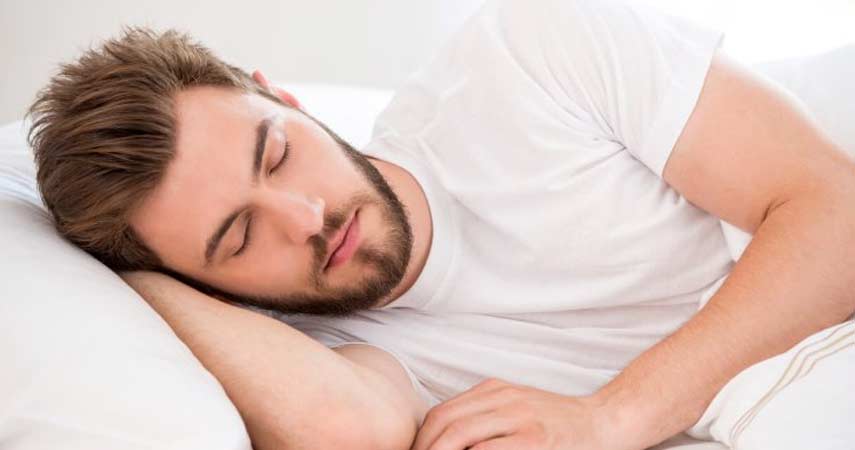
Our society is chronically sleep deprived which shows on our health and quality of life. Lack of sleep increases stress, contributes to weight gain, decreases energy levels, and so much more. What most men don’t know is that testosterone is produced mainly during REM sleep.
Healthy levels of this much-needed hormone require good night’s rest. Set up a sleep schedule that you’ll follow every day. Go to bed every night at the same time and ensure you wake up every morning at the same time too.
Consume Plenty Of Zinc
Zinc is vital for the production of testosterone and it’s always a good idea to consume recommended daily amounts of the mineral. Insufficient consumption of zinc contributes to low testosterone and affects sperm production.
Zinc-rich foods include lamb, pumpkin seeds, grass-fed beef, chickpeas, cocoa powder, cashews, yogurt or kefir, mushrooms, spinach, and chicken. Due to the importance of this mineral for testosterone production, many supplements contain zinc in their formula.
Consume More Vitamin D
Vitamin D or sunshine vitamin is usually associated with stronger bones and joints, but it also provides many other benefits you can’t ignore. This micronutrient is important for the healthy development of the sperm cell’s nucleus and it helps maintain semen quality and sperm count.
The vitamin increases testosterone levels and improves your libido. Since most people don’t obtain required levels of vitamin D through diet, supplements prevent deficiency and problems that would come with it.
Strength Training
Short intense exercise is not the only type of physical activity that supports the production of testosterone. In fact, strength training is considered the best type of exercise for optimal levels of this hormone. Lifting weights and other exercises that fit into this category improve testosterone levels[10] in both short- and long-term.
Avoid Estrogen-Like Compounds
Estrogen is a “women’s hormone”, but men have it too. Of course, men have lower amounts of estrogen than women. At the same time, you are exposed to estrogen-like compounds on a daily basis. Exposure to these compounds is bad news for testosterone levels, so the best thing to do is to decrease it. Examples of these compounds include parabens and BPA.
If you’re consuming a lot of soy, consider limiting the intake. Why? Soy contains phytoestrogens which, when present in higher concentrations, can affect testosterone levels and decrease their production.
Patience
Although healthy lifestyle can prevent decline in testosterone production and help manage your symptoms, you should be patient. It’s impossible to make drastic changes in a matter of hour or days. Make the above-mentioned tips an inevitable part of your lifestyle and you’ll notice improvements when you stick to it.
Facts About Andropause

- Andropause refers to the change in hormone production that occurs naturally as you age
- Other terms for andropause are male menopauseand manopause
- Natural aging process isn’t the only reason hormones drop, unhealthy lifestyle and other factors speed things up
- Symptoms of andropause include low libido, weight gain, erectile dysfunction, mood swings, just to name a few
- Healthy lifestyle aids symptoms management
- Dietary supplements aim to boost natural production of the hormone, but it is useful to consult the doctor prior to making a purchase
- Most men don’t even realize they have andropause until they visit their health care potential and check testosterone levels
Outlook
Andropause takes place when testosterone levels decline, but in a vast majority of cases, symptoms are manageable without the need for testosterone therapy. With simple lifestyle modifications described above, you can manage symptoms and improve your mood, sex life, and physique.
Of course, men whose male menopause causes severe symptoms should consult their doctor. Andropause isn’t a disease and you can manage it easily.
Feature Image: istockphoto.com
In-Post Image: smartbeard.com & istockphoto.com



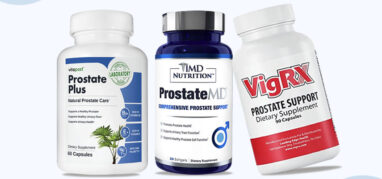
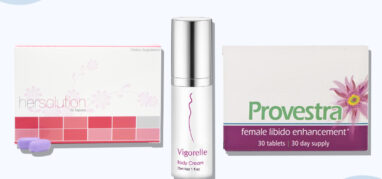
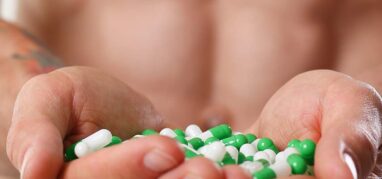



 This article changed my life!
This article changed my life! This article was informative.
This article was informative. I have a medical question.
I have a medical question.
 This article contains incorrect information.
This article contains incorrect information. This article doesn’t have the information I’m looking for.
This article doesn’t have the information I’m looking for.